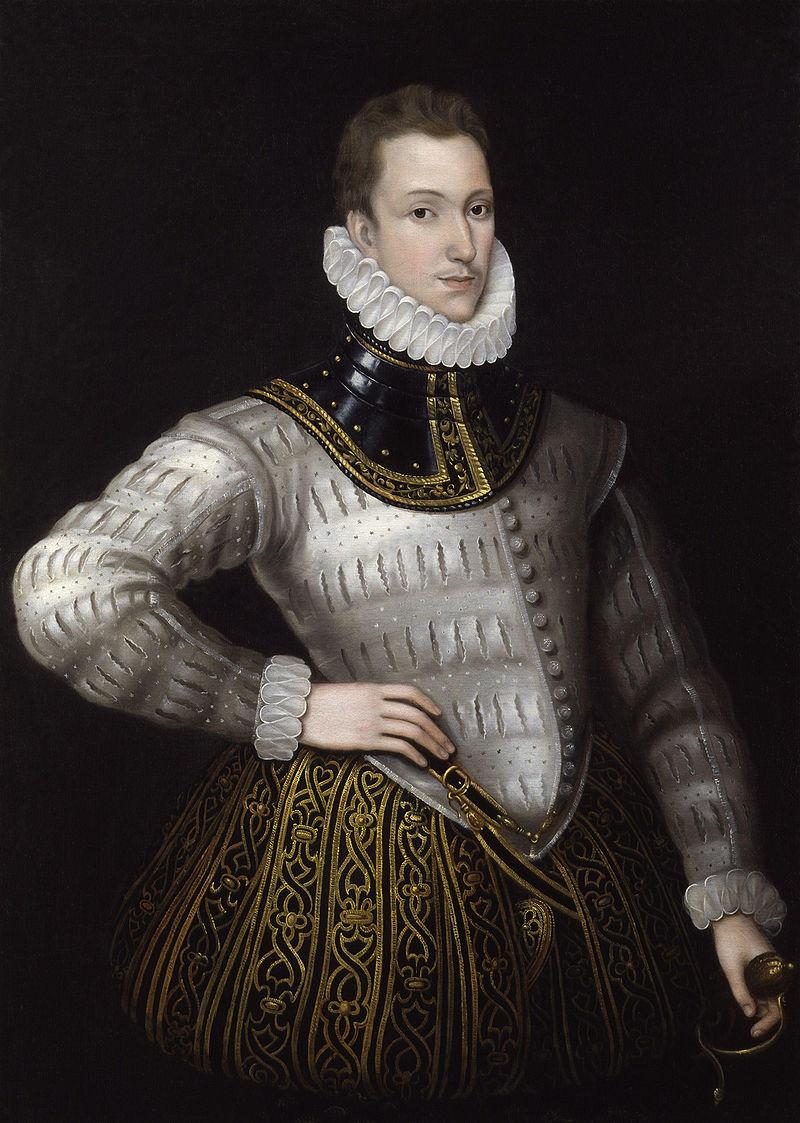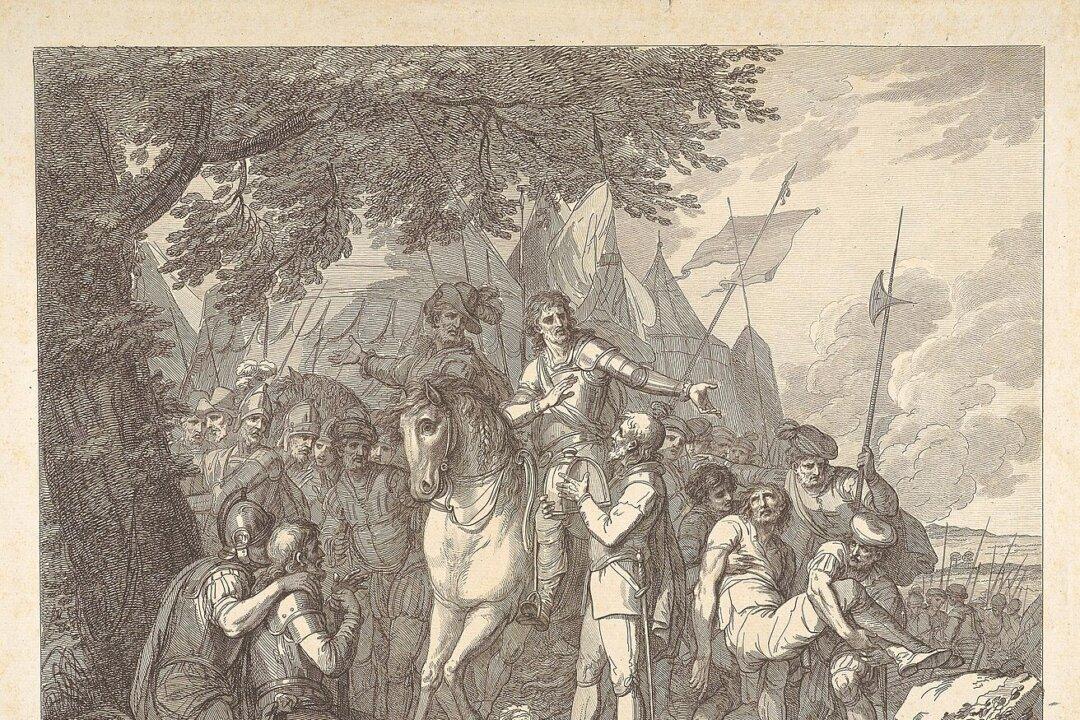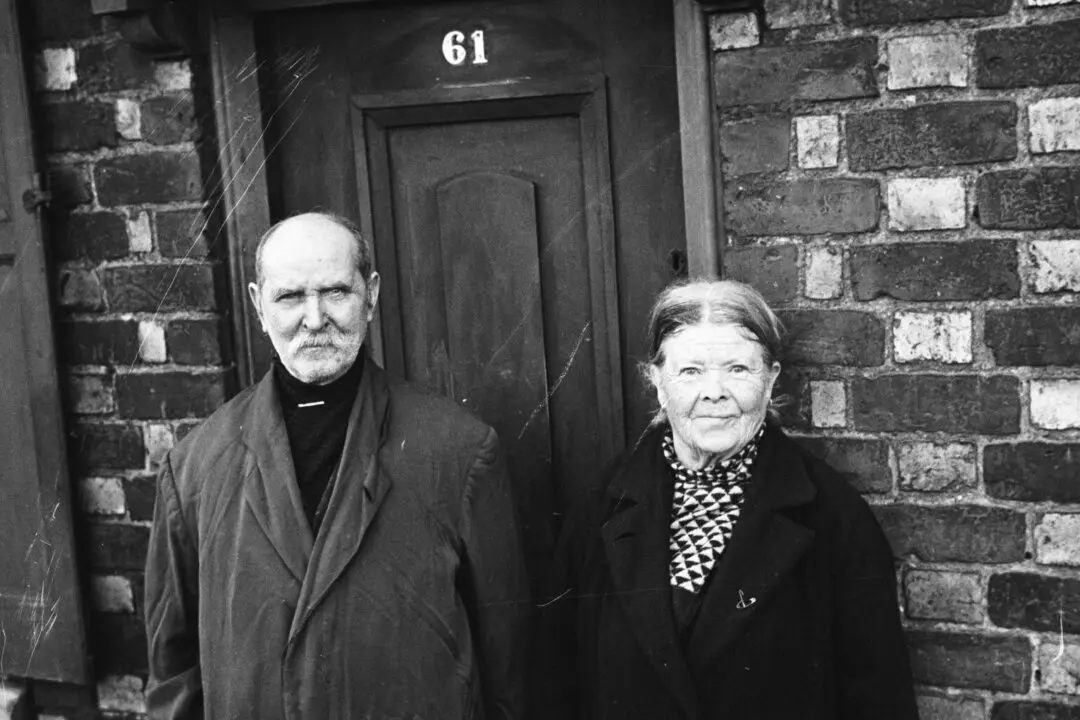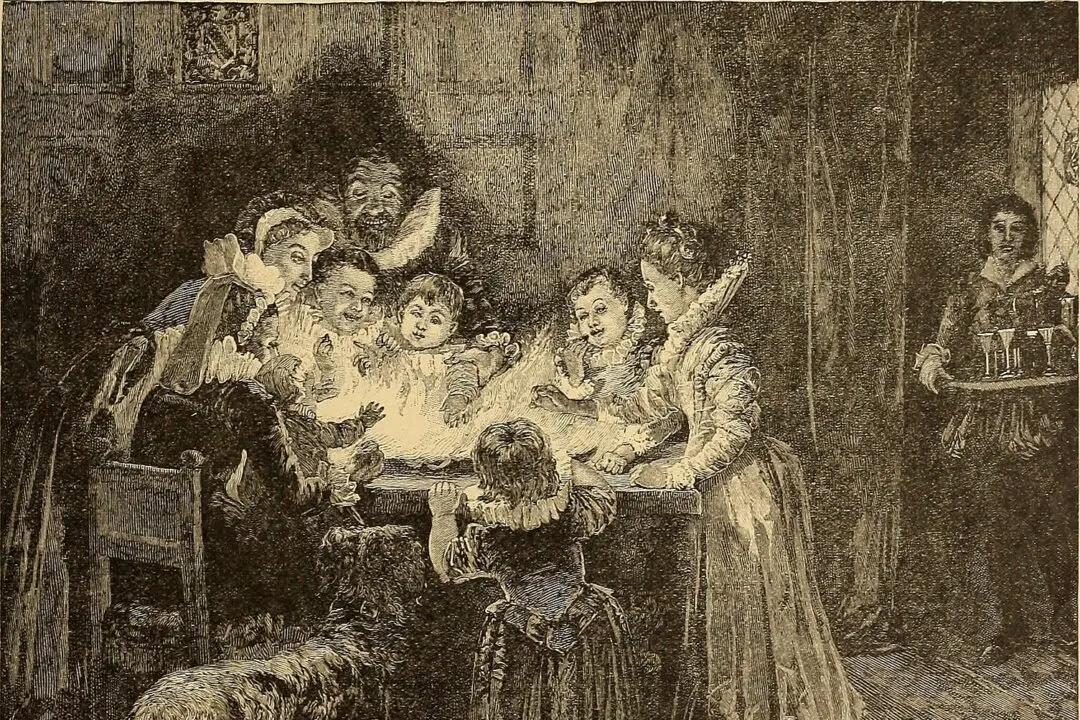When Sir Philip Sidney died on Oct. 17, 1586, at just 31, he was mourned by many and memorialized as “the ideal gentleman of his day.” Such a designation wasn’t easy to achieve by Elizabethan standards. A gentleman of this era needed to be educated, refined, well-mannered, artistic, independent, courageous—a consummate soldier, statesman, and poet all at the same time. Yet Sir Philip Sidney earned high marks in all these categories. His relatively early death deprived England of an ascendant literary and political luminary.

Sir Philip Sidney, circa 1578, by unknown artist. Public Domain






